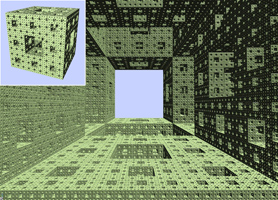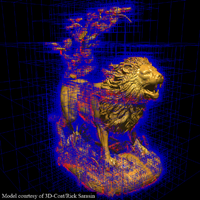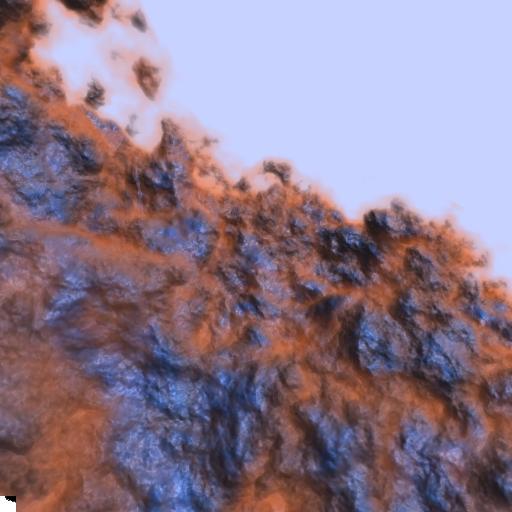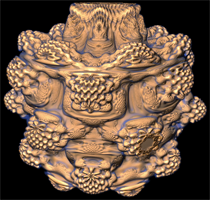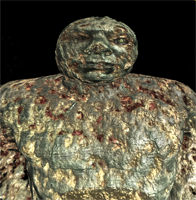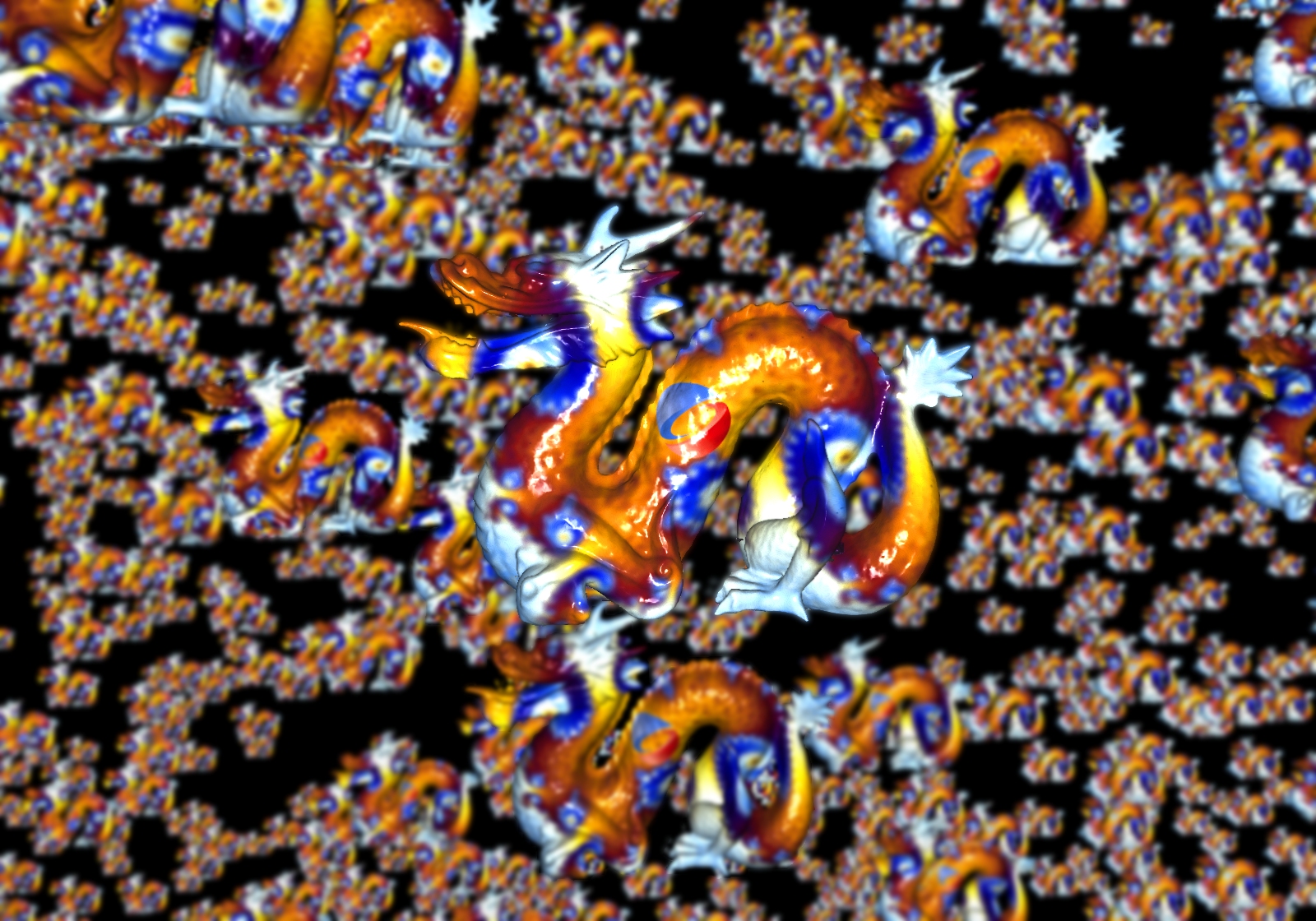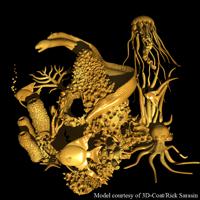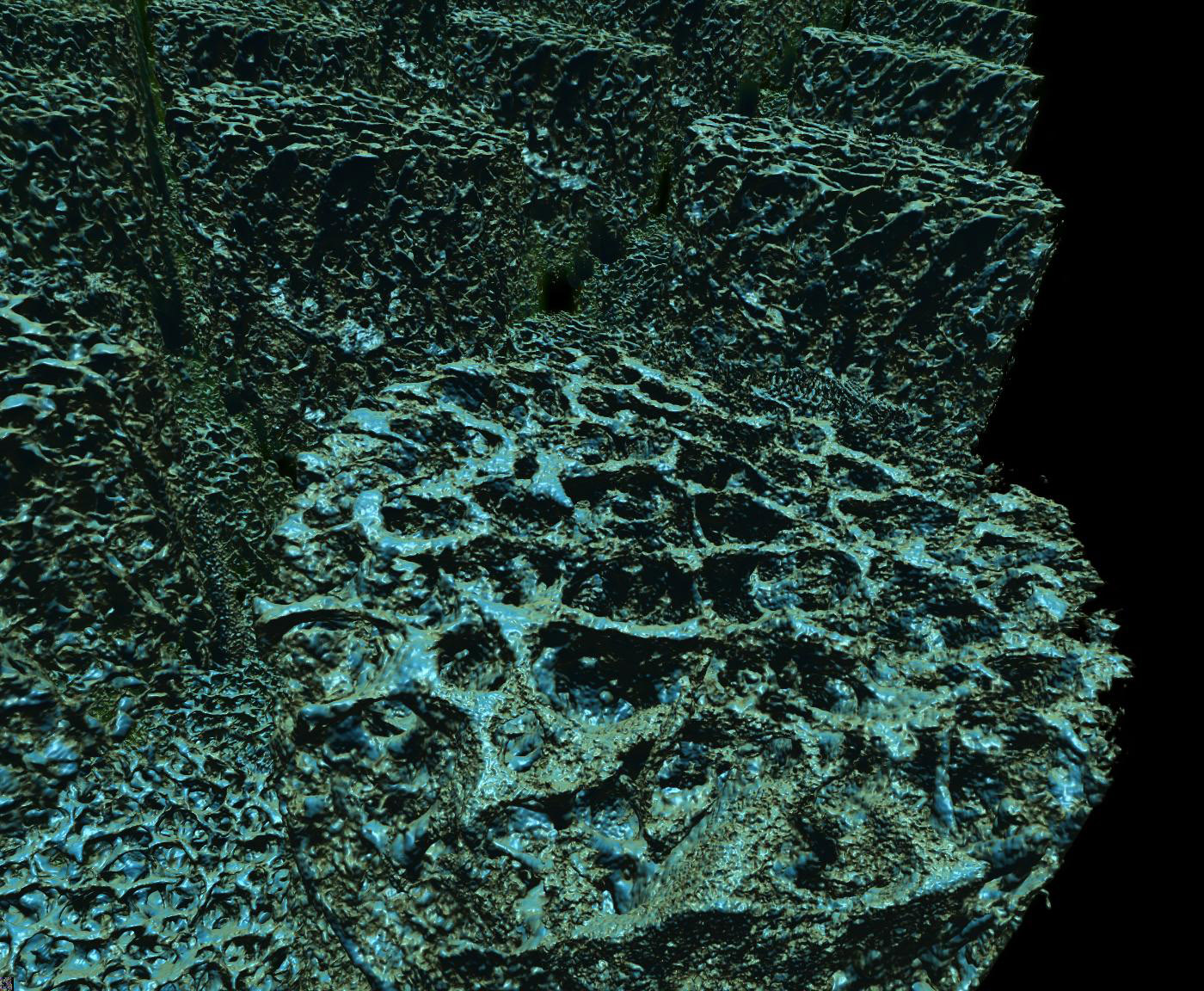GigaVoxels: A Voxel-Based Rendering Pipeline For Efficient Exploration Of Large And Detailed Scenes
Abstract
In this thesis, we present a new approach to efficiently render large scenes and detailed objects in real-time. Our approach is based on a new volumetric pre-filtered geometry representation and an asso- ciated voxel-based approximate cone tracing that allows an accurate and high performance rendering with high quality filtering of highly detailed geometry. In order to bring this voxel representation as a standard real-time rendering primitive, we propose a new GPU-based approach designed to entirely scale to the rendering of very large volumetric datasets. Our system achieves real-time rendering performance for several billion voxels. Our data structure exploits the fact that in CG scenes, details are often concentrated on the interface between free space and clusters of density and shows that volumetric models might become a valuable alternative as a rendering primitive for real-time applications. In this spirit, we allow a quality / performance trade-off and exploit temporal coherence. Our solution is based on an adaptive hierarchical data representation depending on the current view and occlusion information, coupled to an efficient ray-casting rendering algorithm. We introduce a new GPU cache mechanism providing a very efficient paging of data in video memory and implemented as a very efficient data-parallel process. This cache is coupled with a data production pipeline able to dynamically load or produce voxel data directly on the GPU. One key element of our method is to guide data production and caching in video memory directly based on data requests and usage information emitted directly during rendering. We demonstrate our approach with several applications. We also show how our pre-filtered geometry model and approximate cone tracing can be used to very efficiently achieve blurry effects and real-time indirect lighting.
About me
I obtained my Ph.D. degree from Grenoble University at INRIA in France in July 2011.
Previously, I was a PhD student in the ARTIS team of INRIA under the supervision of
Fabrice Neyret, working on very large and detaild voxel scenes rendering on the GPU
for video game applications.
I developed the GigaVoxels pipeline that proposed the use of pre-filtered voxel representations to efficiently render very large and detailed scenes as well as complex objects.
During this thesis, I also did 2 summer internship at NVIDIA and I was also research visitor at Weta Digital.
I now joined NVIDIA Research in September 2011 as a postdoctoral research fellow. My NVIDIA research page
My research interests include realistic rendering, voxel-based representations, real-time ray-tracing and out-of-core data management, sparse voxel octree, GPU algorithm and complex GPU data structures.
Links
My PhD research page: Cyril Crassin on ARTIS Webpages
My personal blog:

Twitter: @Icare3D
News
My thesis manuscript will soon be available, stay tuned !
We are also working on realeasing the full source code of GigaVoxels as an open source project. It should be available soon.
